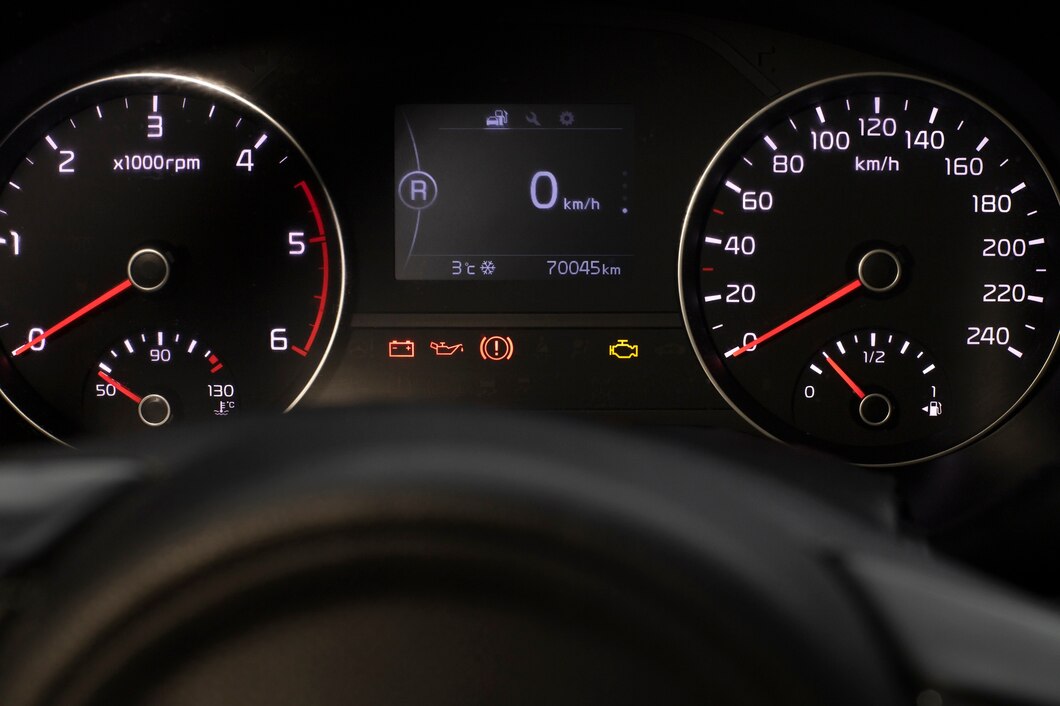The oil pump is a vital component of your car’s engine, responsible for circulating oil to lubricate moving parts and keep the engine running smoothly. A failing oil pump can lead to serious engine damage if left unchecked. Recognizing the early signs of oil pump failure can save you from costly repairs and potential engine failure. Here are some indicators to watch for:
1. Low Oil Pressure Warning Light
One of the most obvious signs of oil pump failure is the illumination of the low oil pressure warning light on your dashboard. This light indicates a drop in oil pressure, which can occur when the oil pump is not functioning correctly. If you see this warning light, it’s crucial to address the issue immediately to prevent engine damage.
2. Engine Noise
A failing oil pump can cause the engine to make unusual noises, such as ticking or knocking sounds. This noise occurs because the engine components are not receiving sufficient lubrication, leading to increased friction and wear. If you notice any new or unusual sounds coming from your engine, have it inspected by a mechanic.
3. Increased Engine Temperature
Insufficient lubrication from a failing oil pump can cause the engine to overheat. If you notice that your engine temperature gauge is consistently higher than normal, it could be a sign of oil pump failure. Overheating can lead to further damage to the engine, so it’s essential to address the issue promptly.
4. Poor Engine Performance
A lack of proper lubrication can also affect the overall performance of your engine. You may notice a decrease in power, acceleration, and fuel efficiency. If your car feels sluggish or struggles to accelerate, it could be due to inadequate oil circulation caused by a failing oil pump.
5. Oil Leaks
While oil leaks can be caused by various factors, including worn seals or gaskets, they can also indicate oil pump failure. Inspect your car for any signs of oil leaks, especially around the oil pump itself. Leaking oil can lead to a loss of oil pressure and engine damage if not addressed promptly.
6. Check Engine Light
In addition to the low oil pressure warning light, a failing oil pump may trigger the check engine light on your dashboard. This light can indicate a range of engine problems, including issues with oil pressure or circulation. Have your car’s onboard diagnostic system checked to determine the specific cause of the warning light.
7. Oil Pressure Gauge Fluctuations
If your car is equipped with an oil pressure gauge, pay attention to any fluctuations in oil pressure while driving. A failing oil pump may cause the oil pressure to vary erratically, indicating a problem with oil circulation. Monitor the gauge regularly and seek professional advice if you notice any unusual fluctuations.
8. Metallic Particles in Oil
During routine oil changes, inspect the drained oil for any signs of metallic particles or debris. These particles can indicate excessive wear on engine components, potentially caused by a failing oil pump. If you notice any abnormalities in the oil, have your car inspected by a mechanic to identify the source of the issue.
The oil pump plays a crucial role in maintaining the health and longevity of your car’s engine. Recognizing the early signs of oil pump failure can help prevent serious engine damage and costly repairs. If you notice any of the symptoms mentioned above, it’s essential to address the issue promptly by consulting a qualified mechanic. Regular maintenance and inspection of your car’s oil system can help ensure smooth and trouble-free driving for years to come.











